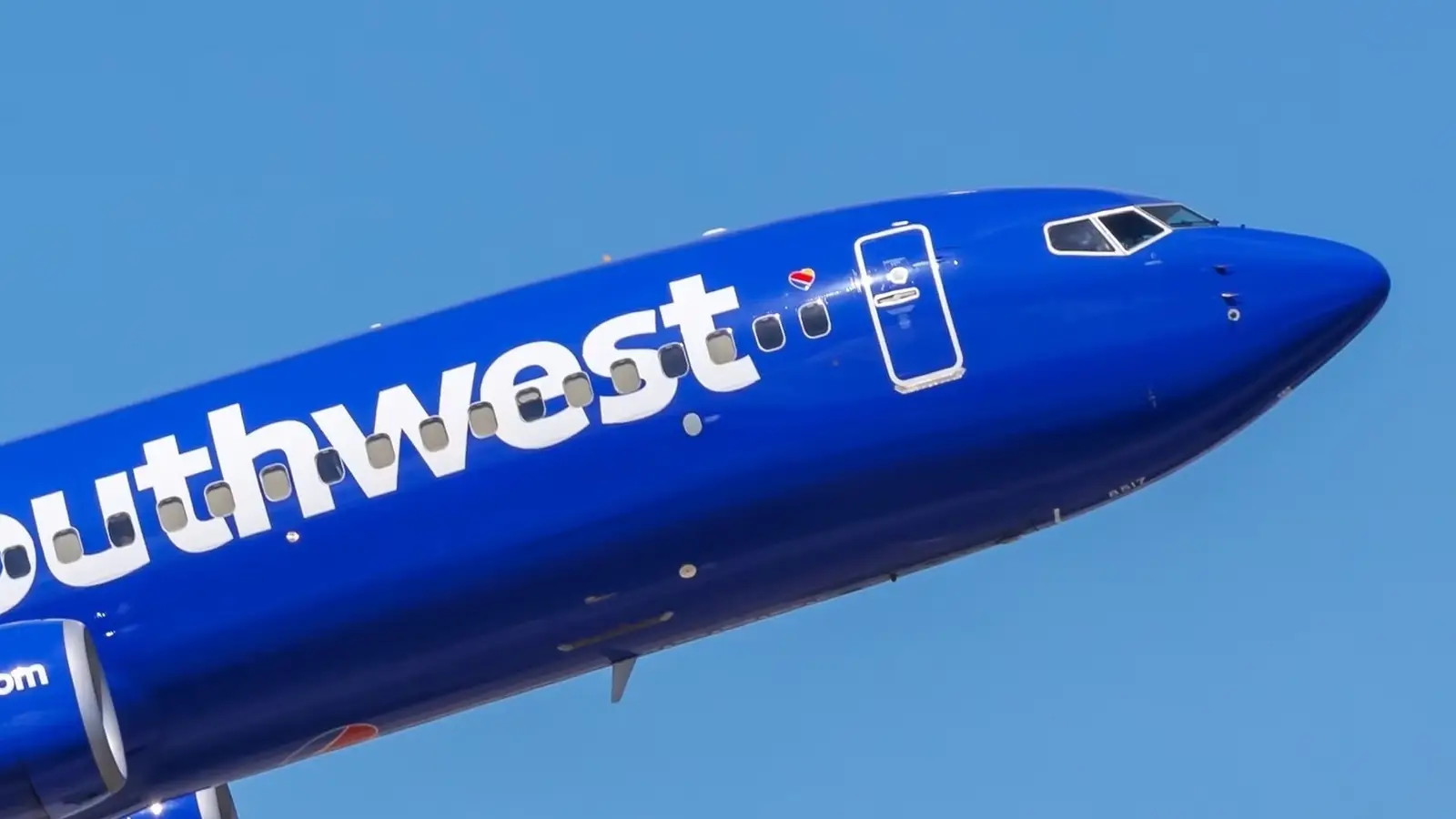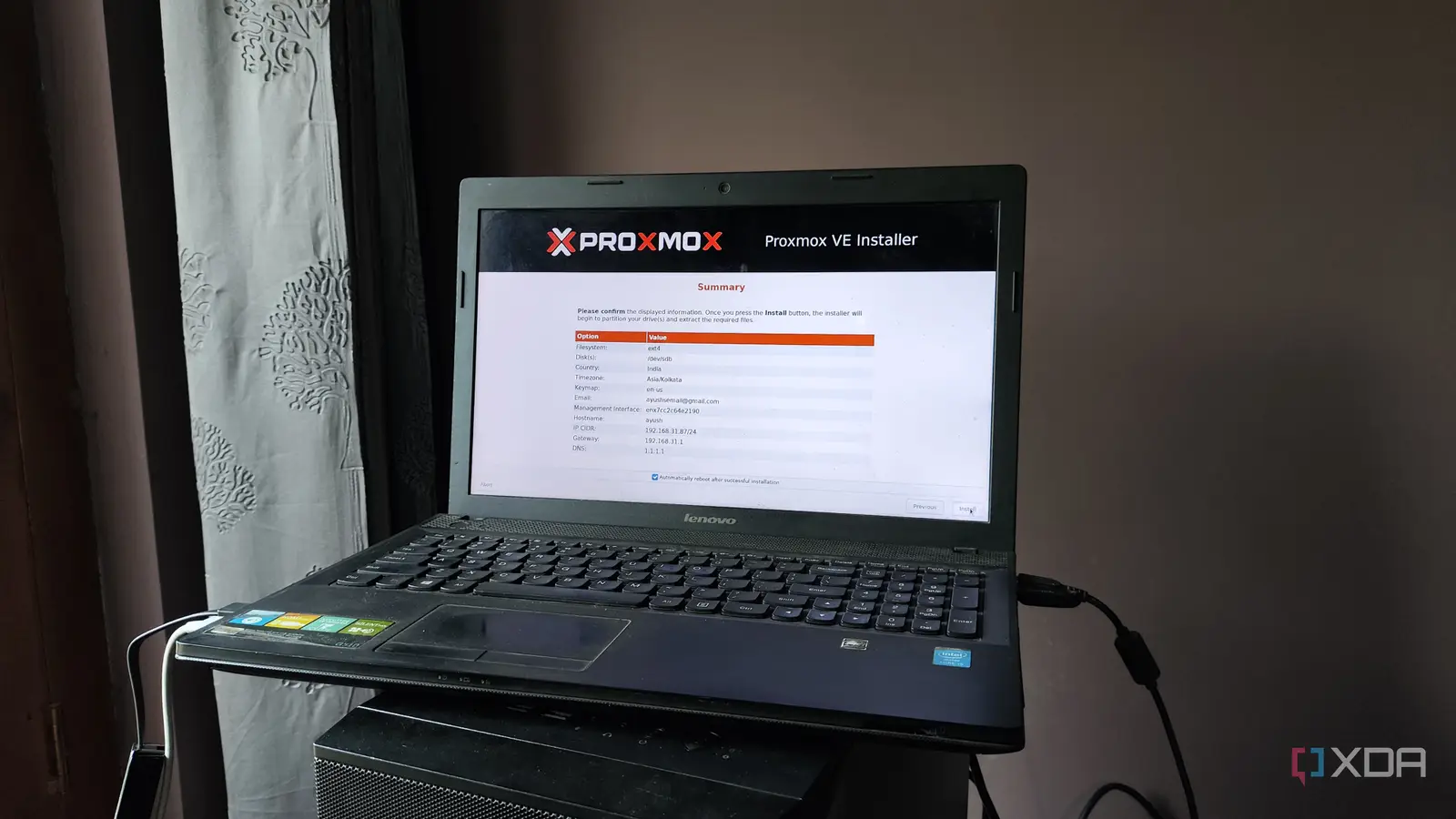
Hundreds of employees across the United States are facing layoffs in October, with some big names in American business looking to trim their workforces.
Why It Matters
Layoffs can occur for many reasons; while they can be viewed as a signal about how companies view economic headwinds, the reasons may also be more localized to individual companies amid restructuring or plans to maximize profits. An August report from outplacement firm Challenger Gray & Christmas found that hundreds of thousands of layoffs have occurred so far in 2025—many of which were part of President Donald Trump’s changes to the federal workforce.
The Worker Adjustment and Retraining Notification (WARN) Act requires employers to give 60 days’ notice ahead of mass layoffs.
According to the group Legal Aid at Work, a mass layoff occurs under the WARN Act when at least 50 employees are laid off during a 30-day period and affects one-third of the workplace if 500 employees are laid off during a 30-day period regardless of the company’s size or an entire work site is closed down and at least 50 employees are laid off during a 30-day period.
What To Know
Among the companies facing layoffs is Microsoft, which is set to lay off 40 workers in Redmond, Washington, and FedEx, which is laying off workers at a Memphis, Tennessee, facility.
These are tracked online via WARNTracker.com, which indicates that many businesses across the country have filed WARN notices. The following companies have WARN notices with a layoff date in October, according to the tracker.
AccelerEd
Adventist Health
Air Wisconsin Airlines
Amentum
Anaheim Arena Management
Azoteas Mex LA
Battelle
Berco Redwood, Inc.
Block
Burlington Trailways
Car Toys, Inc.
Catalent
CDM Field Services
Children’s Hospital Los Angeles
Cisco
CNN/Warner Bros
CooperVision Inc.
Cornucopia Logistics, LLC
Dandelion Payments, Inc.
Delaware North Companies Travel Hospitality Services
Downtown Streets, Inc.
Enloe Health
F5, Inc.
Farmers Insurance Group
FedEx
Fred Meyer
Gilead Sciences
GXO Logistics
Horizon Lobby
Hudson News Distributors
Jack in the Box
J.B. Hunt Transport, Inc.
Jabil
Marathon Staff Solutions
Marriott International
Maverick, Inc.
Microsoft
National Distribution Centers
Navient Solutions
Oracle America
Owens Corning
Paradies
Pasa Services
Pactiv Corporation
PL Developments
Providence Health & Services
Silgan Containers
Smurfit Westrock
Solarcycle Inc.
Southwest Key Programs Inc.
T-Mobile
TriLink Biotechnologie
University of Southern California
Upstate Niagara Cooperative
Vistar Green Rabbit
Warner Music Group
Web to Door Corporation
Wells Fargo
Winnebago Industries
Zeco Systems, Inc.
Zumtobel Lighting
There are many different economic forces that can lead to layoffs, including a decrease in demand for a product or service, Justin Ren, department chair of operations and technology management at Boston University’s Questrom School of Business, told Newsweek.
“But what is less obvious—and perhaps more relevant today—is that companies may lay off people while doing well with steady or even increasing demand. This is because companies can become more efficient in their internal operations, either from technology upgrades such as automation and process innovation, or from better organization of their workflows and their supply chains,” he said.
Moving forward, high-tech industries may see more layoffs due to increased productivity, he said.
While the redundancies are at times necessary, some businesses may be short-sighted in laying workers off hen facing short-term shocks, he said. When considering layoffs, businesses should consider whether a changing environment is temporary or not, as well as how they can let current employees create more future value rather than dismissing them, according to Ren.
Kirabo Jackson, faculty fellow at the Institute for Policy Research at Northwestern University, told Newsweek that companies may be laying off workers due to an uncertainty in the markets fueled by Trump’s tariffs.
“In a world where there’s a general uncertainty, it’s not an environment where people want to put down large sums of money and make investments in new people,” he said.
Companies generally do not like to make layoffs, he said. Eventually, many end up hiring new workers to replace those who have been made redundant and will have to train them, so it’s generally better for businesses to only downsize when changes are going to last for a long period of time, he said.
Companies would typically pass on price changes to consumers and would only lay off employees when they are unable to do so due to weak demand, he said.
What People Are Saying
Justin Ren told Newsweek: “Employment changes are complex, and are often industry- and geography-specific. There are multiple forces acting and counteracting together.”
Andrew Challenger, senior vice president and labor expert at Challenger, Gray & Christmas: “We are seeing the federal budget cuts implemented by DOGE [Department of Government Efficiency] impact nonprofits and health care in addition to the government. AI was cited for over 10,000 cuts last month, and tariff concerns have impacted nearly 6,000 jobs this year.”
What Happens Next
The number of Americans filing unemployment claims rose to 196,712 the week of August 30 from 191,208 the week of August 23, according to the Department of Labor. These numbers will continue to be monitored as key metrics of the economy in the coming weeks and months.



